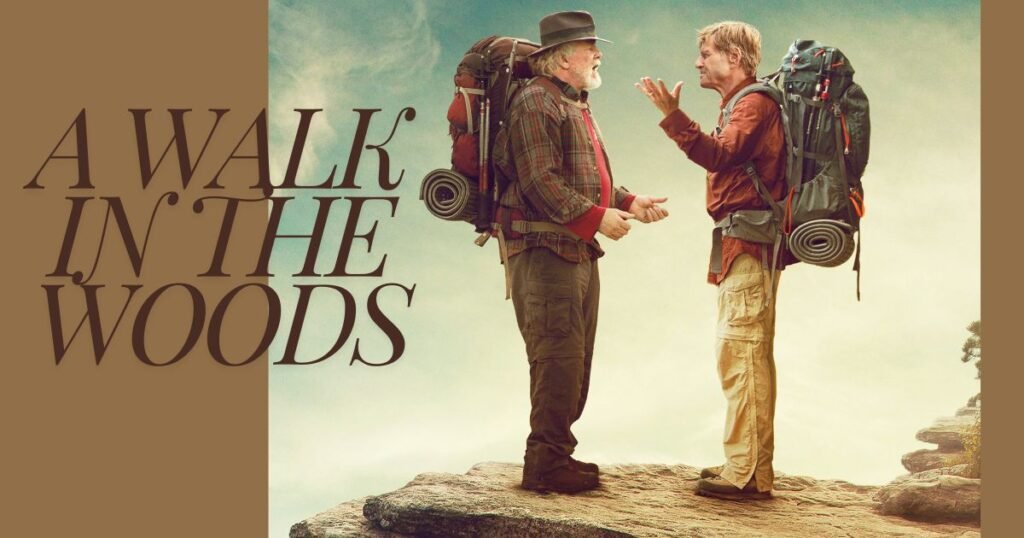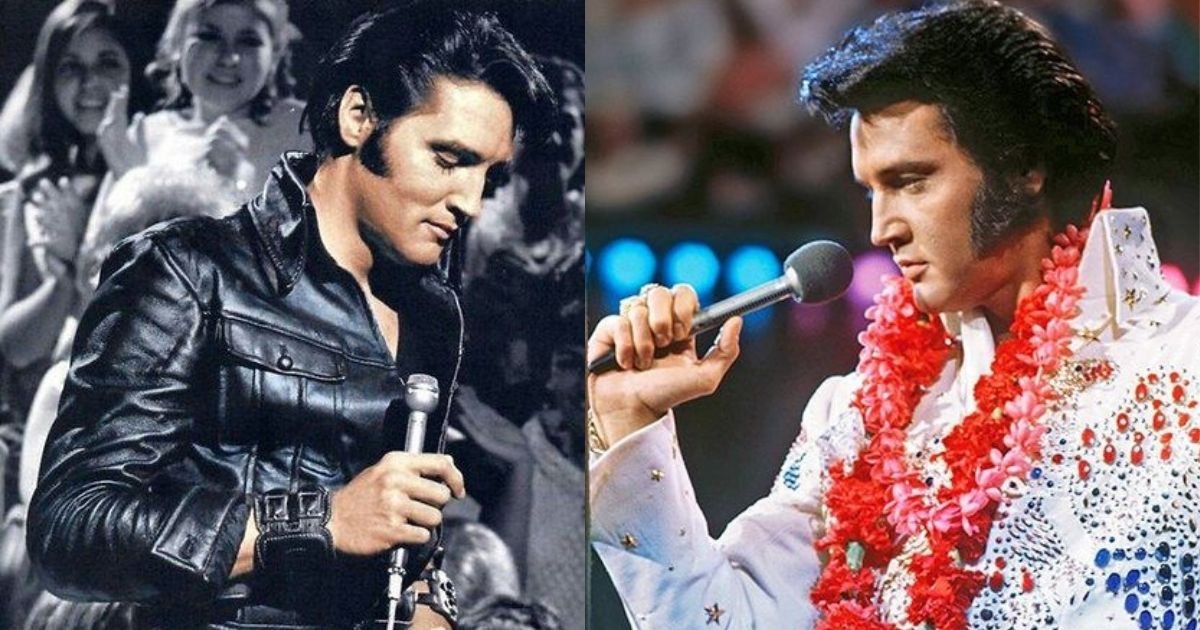Early Life and Career Beginnings
Robert Redford was born on August 18, 1936, in Santa Monica, California. Growing up in a middle-class family, Redford faced his share of hardships, including the loss of his mother at a young age. Despite these challenges, he found solace in art and sports, which eventually led him to the University of Colorado on a baseball scholarship. However, his true calling lay elsewhere, and he soon dropped out to pursue his passion for painting and acting.
Rise to Stardom
Redford’s acting career began on the stage, with notable performances in productions like “Tall Story” and “The Highest Tree.” His transition to television and film was marked by roles in popular TV shows such as “Maverick” and “The Twilight Zone.” However, it was his performance in the 1969 film “Butch Cassidy and the Sundance Kid” that catapulted him to stardom. Starring alongside Paul Newman, Redford’s portrayal of the Sundance Kid made him a household name and established him as a leading man in Hollywood.
Major Film Roles and Acclaim

Throughout the 1970s, Redford starred in a series of critically acclaimed films that solidified his status as a Hollywood icon. “The Sting” (1973), reuniting him with Newman, earned him an Academy Award nomination for Best Actor. Other notable films from this era include “The Great Gatsby” (1974), where he played the enigmatic Jay Gatsby, and “All the President’s Men” (1976), in which he portrayed journalist Bob Woodward, chronicling the Watergate scandal.
Directorial Success
In addition to his acting prowess, Redford proved himself as a talented director. His directorial debut, “Ordinary People” (1980), was met with critical acclaim and won four Academy Awards, including Best Picture and Best Director. This success paved the way for other directorial projects such as “A River Runs Through It” (1992) and “Quiz Show” (1994), both of which received significant praise and further cemented Redford’s reputation in the film industry.
The Sundance Film Festival
One of Redford’s most significant contributions to cinema is the establishment of the Sundance Film Festival. Founded in 1985, the festival has become one of the premier platforms for independent filmmakers to showcase their work. Redford’s vision for Sundance was to provide a space for creative expression and innovation, free from the constraints of mainstream Hollywood. Today, the festival is renowned for discovering and promoting new talent and has played a crucial role in the careers of many successful filmmakers.
Environmental Advocacy and Personal Life
Beyond his contributions to film, Redford is also a passionate environmentalist. He has been involved in various conservation efforts and has used his platform to raise awareness about climate change and environmental issues. In 1989, he received the National Medal of Arts for his contributions to the arts and his dedication to environmental causes.
In his personal life, Redford married Lola Van Wagenen in 1958, and the couple had four children. Although they divorced in 1985, Redford remained close to his family. He later married his longtime partner, Sibylle Szaggars, in 2009.
Legacy and Influence
Robert Redford’s impact on the film industry is undeniable. His work as an actor, director, and producer has left an indelible mark on Hollywood. Moreover, his efforts with the Sundance Film Festival have provided countless opportunities for independent filmmakers, fostering a new generation of storytellers.
Redford’s commitment to his craft and his advocacy for social and environmental causes make him a multifaceted figure whose influence extends far beyond the silver screen. As a pioneer in both mainstream and independent cinema, his legacy continues to inspire and shape the future of film.
Conclusion
Robert Redford’s illustrious career and dedication to the arts and environmentalism have established him as a true icon. From his early days as a struggling actor to his rise as one of Hollywood’s leading men and his visionary work with the Sundance Film Festival, Redford’s contributions are vast and varied. His legacy is a testament to the power of creativity, perseverance, and a deep commitment to making a positive impact on the world.
FAQ’s
Ans. Some of Robert Redford’s most famous movies include:
1. “Butch Cassidy and the Sundance Kid” (1969)
2. “The Sting” (1973)
3. “The Great Gatsby” (1974)
4. “All the President’s Men” (1976)
5. “Out of Africa” (1985)
6. “The Natural” (1984)
7. “A River Runs Through It” (1992)
Ans. Apart from his illustrious film career, Robert Redford is a dedicated environmentalist. He has been involved in various conservation efforts and has used his fame to advocate for environmental causes. He also founded the Sundance Institute, which supports independent filmmakers through workshops, grants, and the Sundance Film Festival.
Ans. Robert Redford has had a profound impact on the film industry through his work as an actor, director, and producer. He has starred in numerous iconic films and directed critically acclaimed movies. His establishment of the Sundance Film Festival has been particularly influential in supporting and promoting independent cinema, helping to launch the careers of many filmmakers.
Ans. Robert Redford’s legacy is multifaceted. He is remembered as one of Hollywood’s greatest actors, a talented director, and a visionary who has championed independent film. His contributions to the arts, his environmental advocacy, and his support for new filmmakers through the Sundance Film Festival have left an enduring mark on the industry and beyond.


